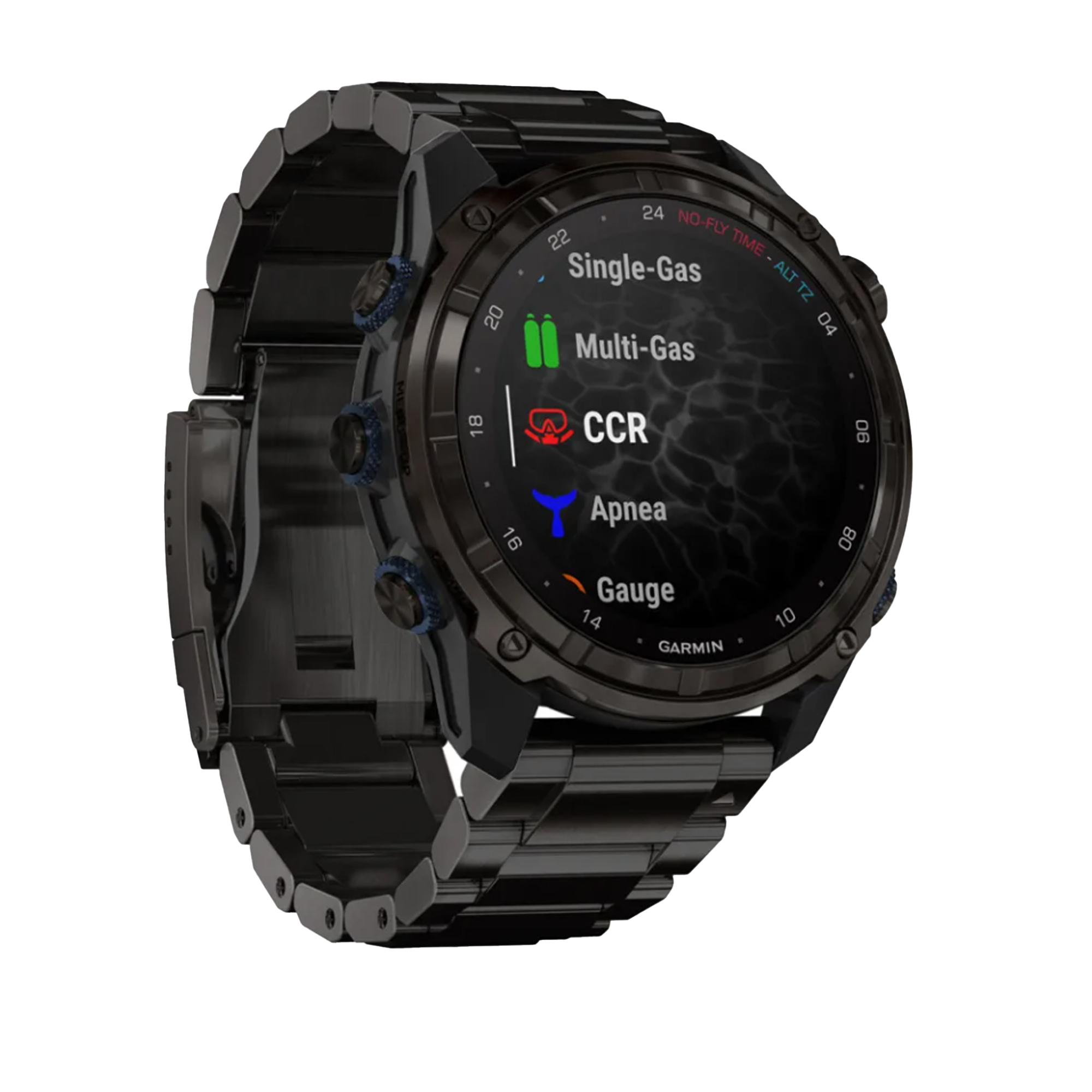Navigation
Along with our huge range of scuba, snorkelling, freediving and spearfishing equipment we also sell Watersports Equipment to other water enthusiasts. Shop online at The Scuba Doctor for Water Sports gear from a great selection of Kayaking, Wakeboarding, Triathlon, Boating, Surfing, Paddle Board and more at everyday low prices. Our rapidly growing range of watersports equipment offers everything you need for your watersport adventures.
Port Campbell Jetty
![]() Pier Dive |
Pier Dive | ![]() Shore access
Shore access
![]()
![]()
![]()
Depth: 2 m (6.56 ft) to 8 m (26 ft)
Level: Open Water and beyond.
Port Campbell Jetty is a protected shore dive on the eastern side of Port Campbell Bay, at Port Campbell on Victoria's Shipwreck Coast. There's been a jetty at Port Campbell since the 1870s, though it's had to be rebuilt several times due to the stormy seas that crash into this part of the Victorian coast.
Port Campbell is the only town along this section of coast, and its beach is one of the few sheltered and relatively safe spots on a notorious stretch of exposed coast. The town and beach occupy a 200 metre wide, partially infilled valley, where the small town spreads over the eastern slopes.
Diving and Snorkelling at Port Campbell Jetty
The narrow entrance to Port Campbell Bay reduces the waves to a height averaging 0.5 metre at the jetty. Port Campbell Jetty is a very easy dive with prolific life under the jetty which include abalone, small crayfish and lots of juvenile fish along with plenty of fishing lures. The anemones grow on the pylons and old tyres and make for a garden type display. Watch out for the odd Ray hiding in the sand and be delighted when the Eagle Rays or Smooth Rays check you out under the jetty.
As you head from the beach out to and back from the pier, there are gutters and rock formations which plenty of interesting marine habitat.
DO NOT go anywhere near any coffs under or near the jetty. Coffs are sea cages used by the local fishermen to store rock lobster alive. The fishermen get extremely upset if they think divers are interfering with their coffs.
To the north-west from the jetty, on the western side of Port Campbell Bay, there is also the Napier shipwreck to explore.
Location: Port Campbell, Victoria 3269
Parking: There is parking for cars along beach side of Lord Street in Port Campbell. There is also a boat trailer parking area off Lord Street.
Entry/Exit: Access via giant stride off the jetty, or from the beach. From the beach, follow the reef on the left to the pier and check out the old anchor on the way out. Boats often go over this area, so the use of a Diver Below Flag and float is advisable.
Ideal Conditions: This site is best dived on a low swell with any wind except a moderate to strong southerly. It is prone to surge and big swell. See WillyWeather (Port Campbell Bay) as a guide for the tide times and the height of the tide. Visibility can be from 3 to 20 metres depending on the weather.
Boat Launching: Boats can be launched using the Port Campbell Jetty Crane. Restricted access to licenced permit holders. Vehicles not permitted on jetty unless authorised boat launching taking place. Permit inquiries please call Parks Victoria 13 1963.
{{southern-ocean-warning}} {{sally-watson}}Traditional Owners — This dive site is in the traditional Country of the Eastern Maar people of south-western Victoria between the Shaw and Eumerella Rivers and from Yambuk in the south to beyond Lake Linlithgow in the north. This truly ancient Country extends as far north as Ararat and encompasses the coastal townships of Port Fairy in the west, Warrnambool, Peterborough, Port Campbell, Apollo Bay, Lorne, and Airies Inlet in the east, including the Great Ocean Road area. It also stretches 100 metres out to sea from low tide and therefore includes the iconic Twelve Apostles. "Eastern Maar" is a name adopted by the people who identify as Maar, Eastern Gunditjmara, Tjap Wurrung, Peek Whurrong, Kirrae Whurrung, Kuurn Kopan Noot and/or Yarro waetch (Tooram Tribe) amongst others. We wish to acknowledge the Eastern Maar as Traditional Owners. We pay respect to their Ancestors and their Elders, past, present and emerging.
Port Campbell Jetty Location Map
Latitude: 38° 37.262′ S (38.621033° S / 38° 37′ 15.72″ S)
Longitude: 142° 59.497′ E (142.991617° E / 142° 59′ 29.82″ E)
Datum: WGS84 |
Google Map
| Get directions
Added: 2022-03-12 12:20:41 GMT, Last updated: 2022-05-24 05:38:34 GMT
Source: Google Earth
Nearest Neighbour: Napier, 177 m, bearing 278°, W
Port Campbell, Shipwreck Coast.
Depth: 2 to 8 m.
[ Top ]
DISCLAIMER: No claim is made by The Scuba Doctor as to the accuracy of the dive site coordinates listed here. Should anyone decide to use these GPS marks to locate and dive on a site, they do so entirely at their own risk. Always verify against other sources.
The marks come from numerous sources including commercial operators, independent dive clubs, reference works, and active divers. Some are known to be accurate, while others may not be. Some GPS marks may even have come from maps using the AGD66 datum, and thus may need be converted to the WGS84 datum. To distinguish between the possible accuracy of the dive site marks, we've tried to give each mark a source of GPS, Google Earth, or unknown.
Copyright © 2005-2022 by The Scuba Doctor Australia, ABN 88 116 755 170. All rights reserved.
tel. +61 3 5985 1700 :: email. diveshop@scubadoctor.com.au :: Web site by it'sTechnical 2022







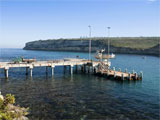
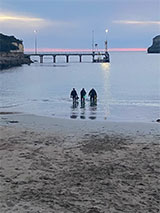

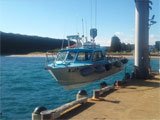
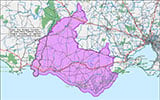

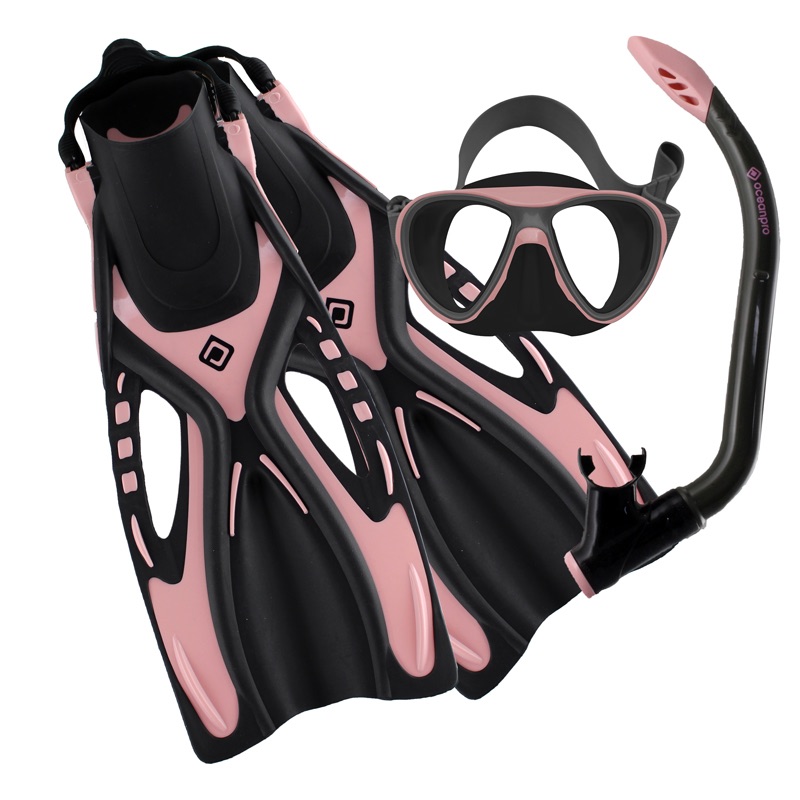











![Halcyon Infinity 30lb System [SS Small Backplate] Halcyon Infinity 30lb System [SS Small Backplate]](/diveshop/images/halcyon/Halcyon-Evolve-Wing.jpg)



